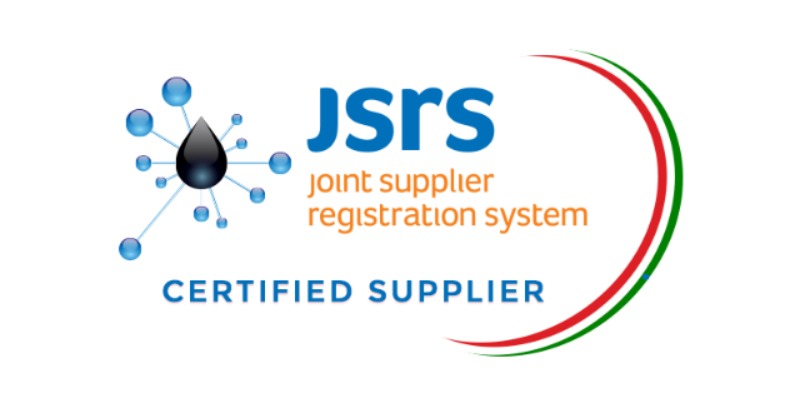- December 19, 2023
- Posted by: Murooj Al Alia
- Category: Bookkeeping
A control account is used to check the numerical accuracy of the balances that are posted in general ledger accounts. It can find out mistakes and errors in personal or individual accounts. To do so, we get accumulated balances that affect the movement of accounts.
- Thus, Stores Ledger Control Account is stores ledger in a summary form.
- While they may provide complete control, they also require more labor.
- Similarly, all the entries regarding credit sales are posted in the account receivable ledger, along with sales returns and discounts allowed.
- A common example of a control account is the general ledger account entitled Accounts Receivable.
- The video below will cover what has been taught so far in this post but will also demonstrate the basics of using control accounts.
Report Parameters
For example, Jim’s hardware store invoiced two customers for a total of $700. He also received a payment in the amount of $275 from a previous invoice. KnowledgeHut’s best PMP training prepares you to take up challenges and stabilize processes as an experienced project manager – get trained by the experts to be a leader in your space. Double Entry Bookkeeping is here to provide you with free online information to help you learn and understand bookkeeping and introductory accounting. There are two options when using a control account as https://www.facebook.com/BooksTimeInc/ shown below, either are acceptable.
- Next up, we’re going to tackle the penultimate step in the accounting cycle – the trial balance.
- They help reconcile gaps or loopholes at the intersection points to minimize variances and enable strategic alignment.
- Your content can disappear without a trace, engagement can flatline, and growth may seem impossible.
- Besides this, control accounts help confirm reconciliation mechanisms for differences in the account balances as per periods.
- A control account in PMP, abbreviated as CA, helps build a strategic structure by creating a point of intersection for the project constraints, i.e., scope, time, and cost, to come together.
- With the double-entry accounting system, accounts receivable, and accounts payable are the common types of control accounts.
- Control accounts work as a summary account, presenting the balance of the subsidiary accounts without including the transaction details.
Accounts Payable Control Account Postings
For example, “accounts receivable” is the controlling account for the accounts receivable subsidiary ledger. In this subsidiary ledger, each credit customer has their own account with its own balance. Thus, while the “accounts receivable balance” can report how much the company is owed, the accounts receivable subsidiary ledger can report how much is owed from each credit customer. Invoices that have been created, customer payments, product returns, refunds, and credit memos posted in the various accounts receivable ledgers will all be included in the accounts receivable control account. Control accounts work as a summary account, presenting the balance of the subsidiary accounts without including the transaction details.
Debtors and Creditors Control Accounts Mini Quiz:
- In order to avoid this situation the general ledger maintains control accounts for each of the subsidiary ledgers.
- Since both are zero and match, it would not be necessary to prepare a schedule of accounts payable.
- Following are the accumulated balances of the figures that impact the ending balance of accounts receivables.
- Controls accounts also allow you to record both sides of an accounting transaction (the debit and the credit).
- Control accounts could also be used for accounts payable, equipment, and inventory.
- She has over 2 years of experience in writing about accounting, finance, and business.
Once different accounting entries are posted in the books, different ledgers are created that control account example help to set structured and complied data related to different business operations. A control account is a general ledger account containing only summary amounts. The details for each control account will be found in a related (but separate) subsidiary ledger. If someone enters a shop and purchases an item with physical cash, the debit entry will be posted to the cash account and the credit entry will be posted to the sales account. Perhaps reviewing the PEARLS acronym will help refresh your memory… The vendor balance for Gus Grass is $0 and the accounts payable balance is $0.
A control account will help identify what is outstanding – what is owed to the https://www.bookstime.com/ business (asset) and what the business owes (liability). Controls accounts also allow you to record both sides of an accounting transaction (the debit and the credit). Once you have a good understanding of debits and credits and the basics of double-entry bookkeeping, then you may be ready to understand and start using control accounts. If you are still new to bookkeeping and accounting, I suggest you take my free bookkeeping course. (i) Control accounts provide a summary of transactions recorded in various subsidiary ledger. Similarly, a control account is also maintained for each of the other subsidiary ledger.
When comparing the control accounts and subsidiary accounts, both ending balances should match. If the control account balance doesn’t match the subsidiary ledger, a mistake in calculations may have been made. The term control account refers to any summary account in the general ledger. There are other names for control accounts, like adjustment account or controlling account. Control account details are found in their corresponding subsidiary ledgers.




